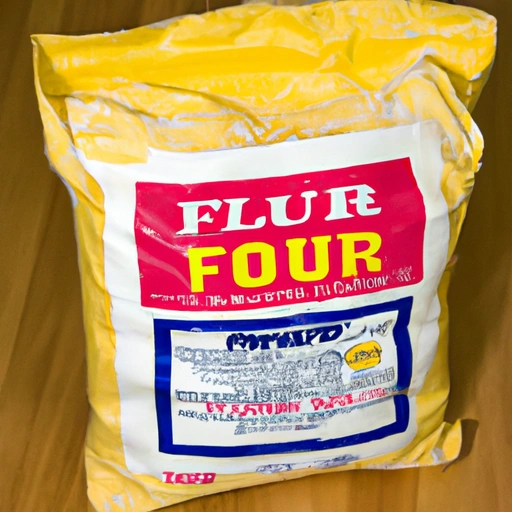Pastry Flour
Description

Pastry flour is a low-protein flour that is specifically designed for baking. Its protein content typically ranges from 8% to 9%, which is less than all-purpose flour and more than cake flour. This unique balance gives pastry flour the ability to produce tender baked goods with a fine crumb, making it an ideal choice for pastries and some cakes.
In terms of units, pastry flour is often measured in cups for American recipes, with 1 cup equating to approximately 120 grams or 4.2 ounces. European recipes might refer to pastry flour in grams or kilograms, facilitating precision in baking. Moreover, volume-to-weight conversions are commonly used, where 1 cup equals 250 milliliters in the metric system.
Common uses
Pastry flour is commonly used to make a variety of baked goods where a tender texture is desired. This includes items like pie crusts, tarts, cookies, scones, and some types of cakes. It is also used in the preparation of biscuits and has become a favorite among professional pastry chefs and home bakers alike for its ability to produce a fine, delicate crumb.
Nutritional value
Calories
Pastry flour, like most refined flours, contains about 455 calories per cup (120 grams).
Protein
The protein content in pastry flour is approximately 10 grams per cup, which is ideal for tender baked goods.
Fat
Pastry flour is naturally low in fat, with less than 1 gram per cup.
Carbohydrates
Carbohydrates are present in high amounts, with about 95 grams per cup of pastry flour.
Vitamins
While not rich in vitamins, pastry flour may contain small amounts of B vitamins due to fortification.
Minerals
It may also contain minerals such as iron and selenium, also due to fortification.
Health benefits
While pastry flour is not known for being a health food due to its refined nature, it can serve as an energy source due to its high carbohydrate content. The presence of B vitamins and iron can contribute to a healthier nervous system and aid in preventing anemia if the flour is fortified.
Potential risks
Consuming products made with pastry flour in excessive amounts can lead to weight gain due to the high calorie and carbohydrate content. Additionally, those with gluten intolerance or celiac disease should avoid pastry flour as it contains gluten.
Common recipes
Pastry flour is ideal for recipes such as tender pie crusts, fluffy pancakes, delicate muffins, and fine-textured cakes.
Cooking methods
The most appropriate cooking methods for pastry flour include baking and, occasionally, light frying for certain doughnut recipes.
Pairing with other ingredients
Pastry flour pairs well with ingredients like butter for richness, sugar for sweetness, and eggs for structure and moisture.
Summary
Pastry flour is a versatile baking ingredient that strikes a perfect balance between tender and structured textures. It's specially milled for a lower protein content which makes it perfect for fine pastries and cakes. While not a nutrient-dense option, its role in creating some of the most beloved baked goods makes it a staple in the baking world. Understanding the uses and measurements of pastry flour can help both novice and experienced bakers achieve better results in their culinary creations.